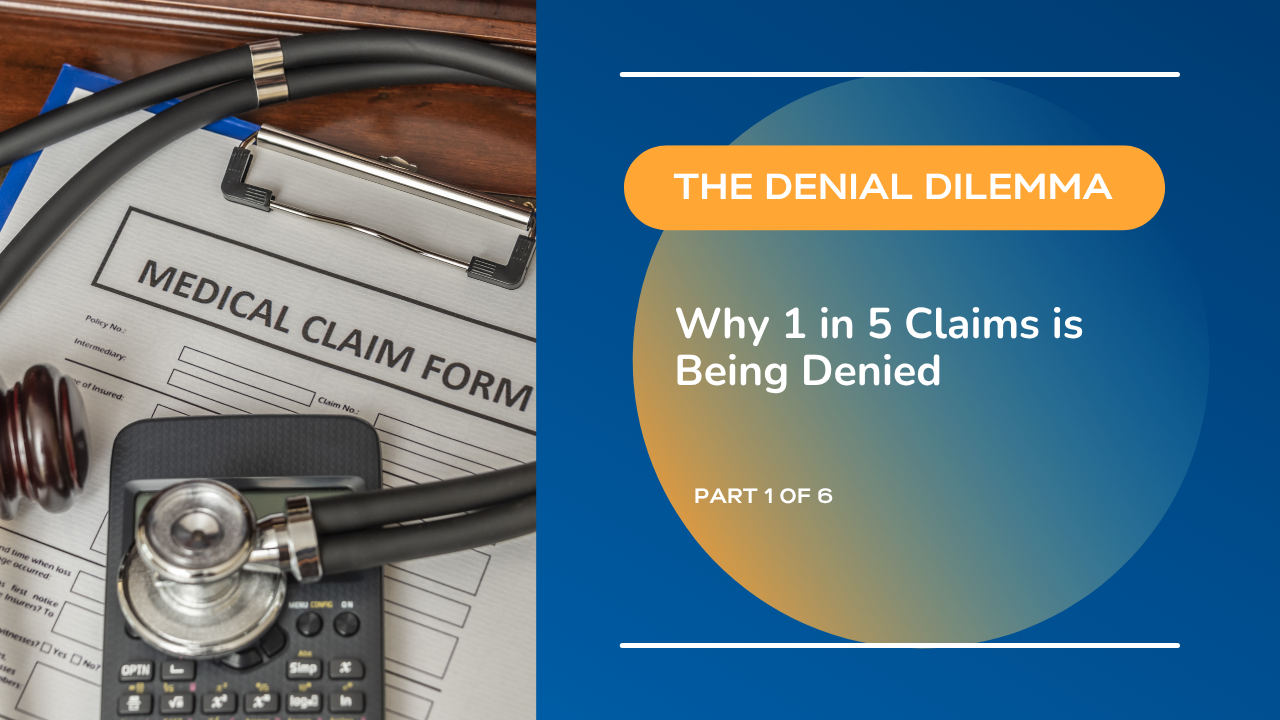The Startling State of Initial Denial Rates
The data on initial denial rates paints a stark picture of the current landscape. An initial denial rate is the percentage of claims that are rejected on the first submission. Recent data shows that the average initial denial rate across all payers is a staggering 16-20%, meaning nearly one in every five insurance claims is denied.
Some payers stand out for their particularly high denial rates. For instance, currently, UnitedHealthcare leads the pack with a shocking 32% initial denial rate, followed by Medica at 28%. Other companies like Molina have also historically had high denial rates, with their Medicare HMO plans often reaching 30%. The issue has become so egregious that many of these payers, including UnitedHealthcare and Cigna, have been targeted in class-action lawsuits for allegedly using artificial intelligence (AI) to deny or shorten coverage for Medicare Advantage claims, overriding medical professionals’ recommendations.
The Broader Impact of Increasing Denials
The problem is getting worse. According to surveys from industry leaders like the Medical Group Management Association (MGMA) and Experian, providers are reporting a significant increase in denial-related challenges:
- 73% report that denials are increasing.
- 77% say that payer policy changes are happening more frequently.
- 67% report it’s taking longer to get paid, which severely impacts cash flow.
- More than half report that even when payers do pay, the payment is often incorrect, requiring additional appeals.
On average, these four categories have risen by 25.2% annually, indicating a rapidly deteriorating situation for healthcare providers.
The Financial Cost of Denials
The financial implications of rising denial rates are severe and affect providers in four key areas:
- Decreased Cash Flow: Denied claims delay payment by an average of 30 to 60 days, even if the appeal is successful. This creates a significant lag in revenue.
- Higher Risk of Non-Payment: A denied claim has a higher chance of never being paid at all. The administrative burden and cost of appealing can deter providers from pursuing every claim.
- Increased Administrative Costs: The process of working a denied claim is not free. The administrative cost ranges from as low as $25 to as high as $118 per claim, with the average cost being $43.84. This cost eats directly into a practice’s profits.
- Patient Dissatisfaction: Unpaid claims often result in patient billing and financial stress, which can lead to a negative perception of the provider’s office rather than the insurance company. Data from the American Journal of Managed Care shows that denied claims lower patient satisfaction scores by 8.2%. This can artificially depress a provider’s quality scores, which are increasingly tied to reimbursement.
These losses are not trivial; they can amount to $75,000 to $200,000 annually per provider, a huge hit to any practice’s bottom line.
These losses are not trivial; they can amount to $75,000 to $200,000 annually per provider, a huge hit to any practice’s bottom line.
The Shocking Reality of Appeals
Despite the high cost and volume of denials, a surprising number of claims are never appealed. The statistic has remained constant for years: a staggering 66% of all denied claims are never appealed. This number is even more shocking for consumer claims, where only 1% of claims are ever appealed.
This inaction is a primary reason why payers continue to deny claims: because it works. They know that most providers and patients won’t take on the time-consuming and expensive appeals process. However, for those who do, the outlook is much better. When a denied claim is appealed, there is a 54% chance of it being overturned and paid.
The appeals process itself is not simple. It often requires an average of three interactions with the payer and takes between 30 and 60 days to resolve, with some claims taking as long as two to six months. The administrative effort and time required to appeal a claim is a significant barrier for many providers, highlighting the urgent need for more effective denial management strategies.
Learn How to Improve Denials with UnisLink
Ready to tackle your medical billing denial challenges? Download our free denial management whitepaper to gain a deeper understanding of these issues and learn actionable strategies to improve your practice’s financial health.
Download your free copy of “Navigating Denial Management: An Essential Guide for Physicians” to gain actionable insights and proven strategies for building a healthier, more profitable revenue cycle.
This is just the beginning of our deep dive into medical billing denials. Be sure to subscribe to our blog to stay up-to-date with the rest of this five-part series!
Contact us today to learn more about UnisLink medical billing services and how to rightsize your practice for outstanding financial performance.
Full Series on the Top 7 RCM Metrics Every Practice Should Monitor:
Dive in deeper on each RCM metric important to the financial health of your practice.
Part 2: The Secret Language of Denials & Why You Need to Speak Fluent Code
Part 3: Decoding Denials, Measuring Performance, and Calculating the True Cost
